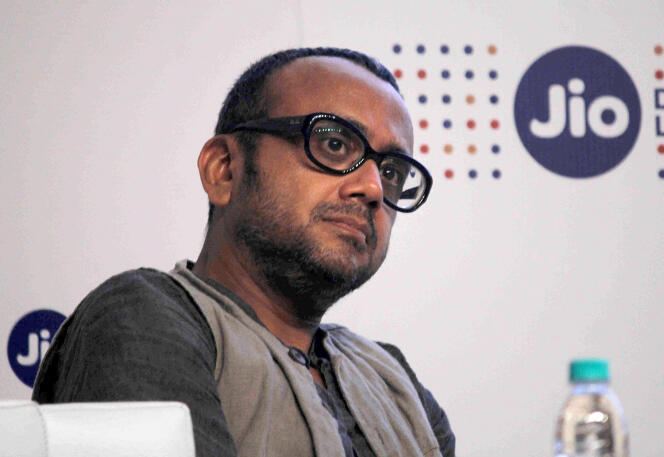
In Dibakar Banerjee’s office, located in an old building south of Bombay, a blackboard lists scenes from the shooting of his latest film, whose working title is Freedom. After the 2017 killing of an Indian journalist Gauri Lankesh, who openly criticizes Hindu nationalists, the 53-year-old filmmaker decided to set his artistic sights on the bigotry that poisons his country. He wanted to make it work for the Indian middle class, to which he himself came from and whose silence in the face of a rise in religious intolerance had disillusioned him. In India, Dibakar Banerjee’s films are generally considered “complicated”, compared to Bollywood productions.
Asked about the fate of his latest feature film, the amiable director suddenly paused, as if he’d just been hit. “My film is a Netflix original, it’s done, but I don’t know when the platform plans to release it,” he says. Filming wrapped in mid-2021 and the film is slated for release later that year. Since then, nothing. “Netflix told me they weren’t sure if now was the best time to release the film,” he explained. The platform said it was pleased, in January 2020, to announce four new Indian productions, incl Freedom. He has produced, in 2018, lust story, anthology of four critically acclaimed shorts featuring Dibakar Banerjee.
But, after months of dithering, Netflix will not release it. “I sold my film to someone who doesn’t want to show it and I can’t do anything about it”, regretted the director, who said he was furious. contacted by Mr. Netflix declined to comment officially. However, a company executive confirmed the information, on condition of anonymity. “We look forward to working with Dibakar Banerjee again in the future, he is a fantastic designer and we thank him and his team.” he is content to specify, without risking giving vent to the reasons for this refusal. Since then, Dibakar Banerjee has struggled to see his film. “Besides, you haven’t seen it yet”, he throws. Dan spontaneously proposes to project it in his office, after the interview is over. “Maybe that’s how my film reaches its audience, audience after audience,” he joked.
Lights out. The film navigates between past and present, projecting a dystopian future through three generations of a Muslim family. The story begins in Kashmir in the 1990s, when the Muslim-majority Himalayan region, bloodied by a separatist rebellion, witnessed an exodus of Hindus. The film then moves to contemporary Bombay, where a young woman struggles to buy an apartment in a predominantly Hindu building. But the sale failed because of his Muslim surname.
You have 47.08% of this article left to read. The following is for subscribers only.







